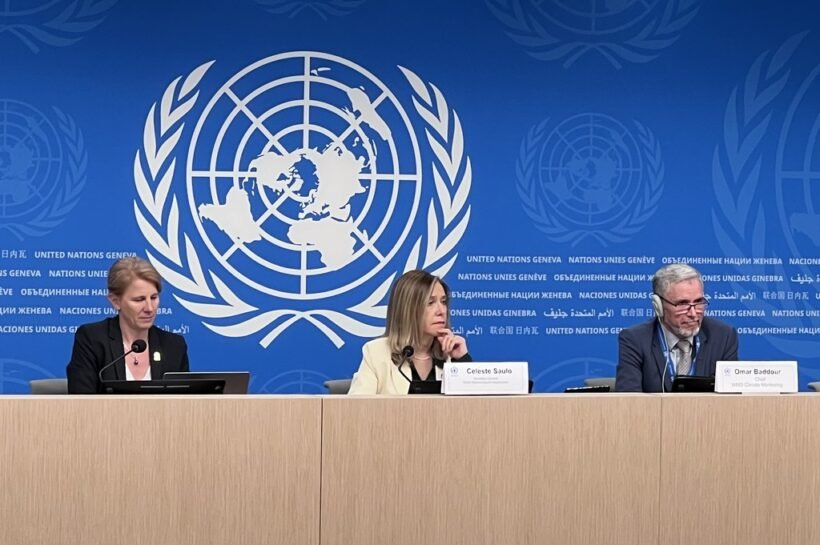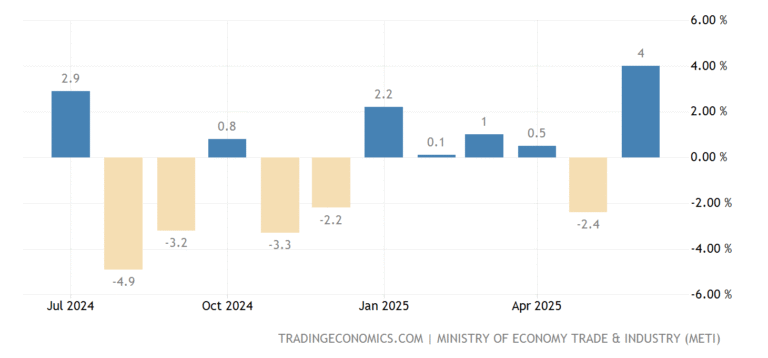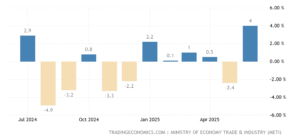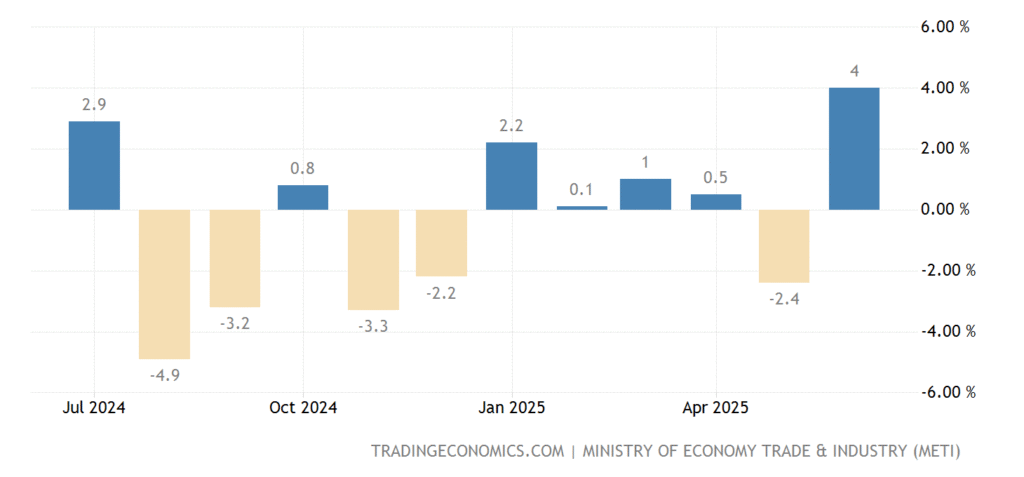A recent United Nations report has issued a stark warning: without more aggressive climate action, the planet is on track to warm by 3.1°C above pre-industrial levels by the end of the century. This projection significantly exceeds the 1.5°C threshold established by the Paris Agreement, a limit scientists deem essential to avoid the most catastrophic impacts of climate change.
Current Emission Trajectories and Their Implications
The report highlights that global greenhouse gas emissions reached a record high of 57.1 gigatonnes of CO₂ equivalent between 2022 and 2023. Even if current national pledges are fully implemented, the world is still projected to experience a temperature rise of 2.6°C to 2.8°C by 2100. To align with the Paris Agreement’s 1.5°C target, emissions would need to be reduced by 42% by 2030 and by 57% by 2035, a level of ambition that remains unmet.
Regional Impacts and Vulnerabilities
The report underscores the disproportionate effects of climate change on developing regions. For instance, the Asian Development Bank warns that inaction could lead to a 17% reduction in developing Asia’s GDP by 2070, with millions facing threats from coastal flooding and billions in assets at risk. The energy sector, heavily reliant on fossil fuels, is identified as the largest emitter in the region.
The Bottom Line
The UN’s latest climate report serves as a critical call to action for governments, industries, and individuals worldwide. Immediate and substantial efforts are required to curb emissions, transition to renewable energy sources, and implement adaptive strategies to mitigate the impending climate crisis. Failure to act decisively now will lead to irreversible damage to ecosystems, economies, and communities across the globe.
Disclaimer: This article is for informational purposes only and does not constitute financial advice.










